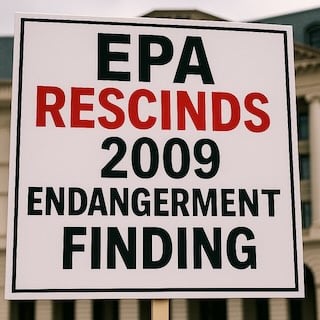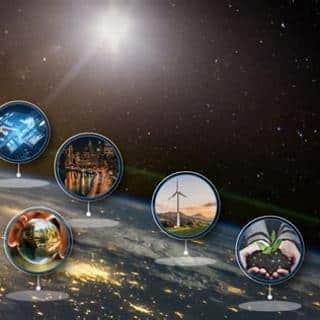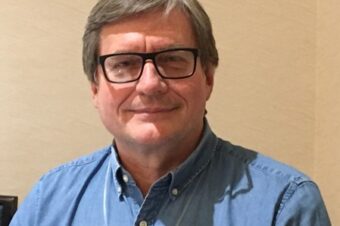Story: Michael Anissimov http://www.acceleratingfuture.com/michael/blog/2006/10/a-nuclear-reactor-in-every-home/
The world-changing thorium reactor I am envisioning qualifies as a Generation IV reactor. A Generation IV reactor will pay for itself even more quickly than a Generation III reactor, and will replace every other source of electrical power in terms of cost-effectiveness. Generation IV reactors will be the fission reactors to end all fission reactors.
The Generation IV International Forum’s definition:
Generation IV nuclear energy systems are future, next-generation technologies that will compete in all markets with the most cost-effective technologies expected to be available over the next three decades.
Comparative advantages include reduced capital cost, enhanced nuclear safety, minimal generation of nuclear waste, and further reduction of the risk of weapons materials proliferation. Generation IV systems are intended to be responsive to the needs of a broad range of nations and users.
Currently, it is thought that Generation IV reactors will not come online before 2030, at least according to the Generation IV International Forum’s Technology Roadmap. A substantial amount of R&D must be done to develop the molten salt reactor idea into a viable construction plan. However, I am more optimistic on timescales. Improvements in materials science and high-quality manufacturing will relax design requirements, decreasing research time from 20 years to 10 years and building time from 3-5 years to one year. That is why I can imagine thorium reactors by 2020.
Thorium reactors will be cheap. The primary cost in nuclear reactors traditionally is the huge safety requirements. Regarding meltdown in a thorium reactor, Rubbia writes, “Both the EA and MF can be effectively protected against military diversions and exhibit an extreme robustness against any conceivable accident, always with benign consequences. In particular the [beta]-decay heat is comparable in both cases and such that it can be passively dissipated in the environment, thus eliminating the risks of “melt-down”. Thorium reactors can breed uranium-233, which can theoretically be used for nuclear weapons. However, denaturing thorium with its isotope, ionium, eliminates the proliferation threat.
Like any nuclear reactor, thorium reactors will be hot and radioactive, necessitating shielding. The amount of radioactivity scales with the size of the plant. It so happens that thorium itself is an excellent radiation shield, but lead and depleted uranium are also suitable. Smaller plants (100 megawatts), such as the Department of Energy’s small, sealed, transportable, autonomous reactor (SSTAR) will be 15 meters tall, 3 meters wide and weigh 500 tonnes, using only a few cm of shielding. From the Lawrence Livermore National Laboratory page on SSTAR:
SSTAR is designed to be a self-contained reactor in a tamper-resistant container. The goal is to provide reliable and cost-effective electricity, heat, and freshwater. The design could also be adapted to produce hydrogen for use as an alternative fuel for passenger cars.









Leave a Reply